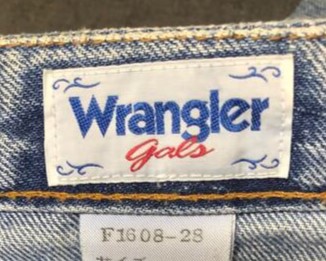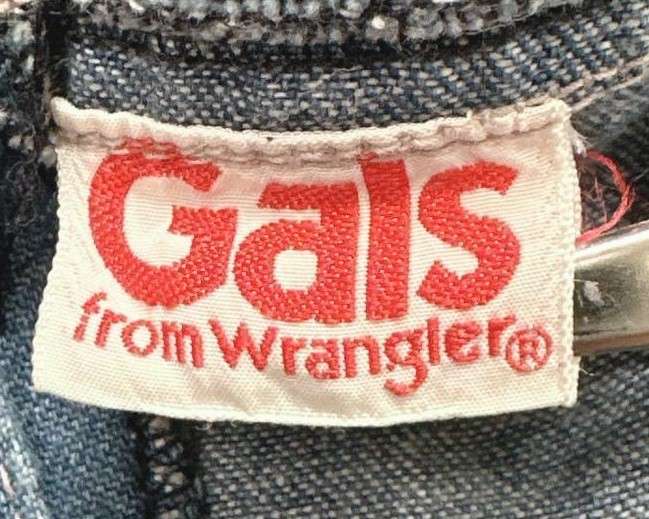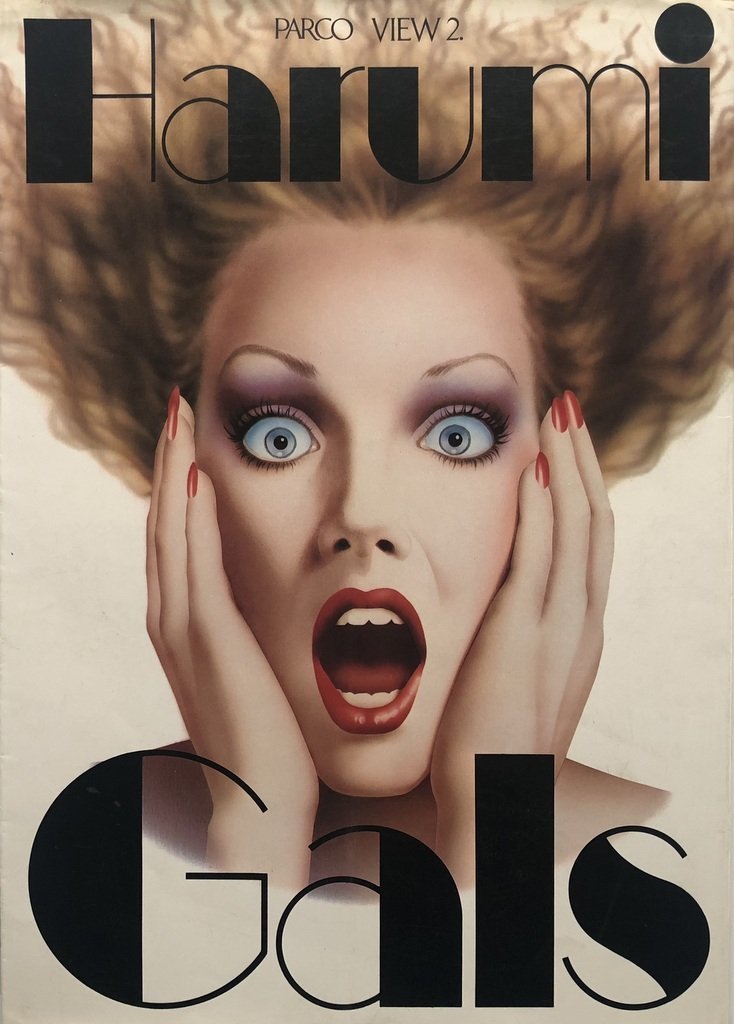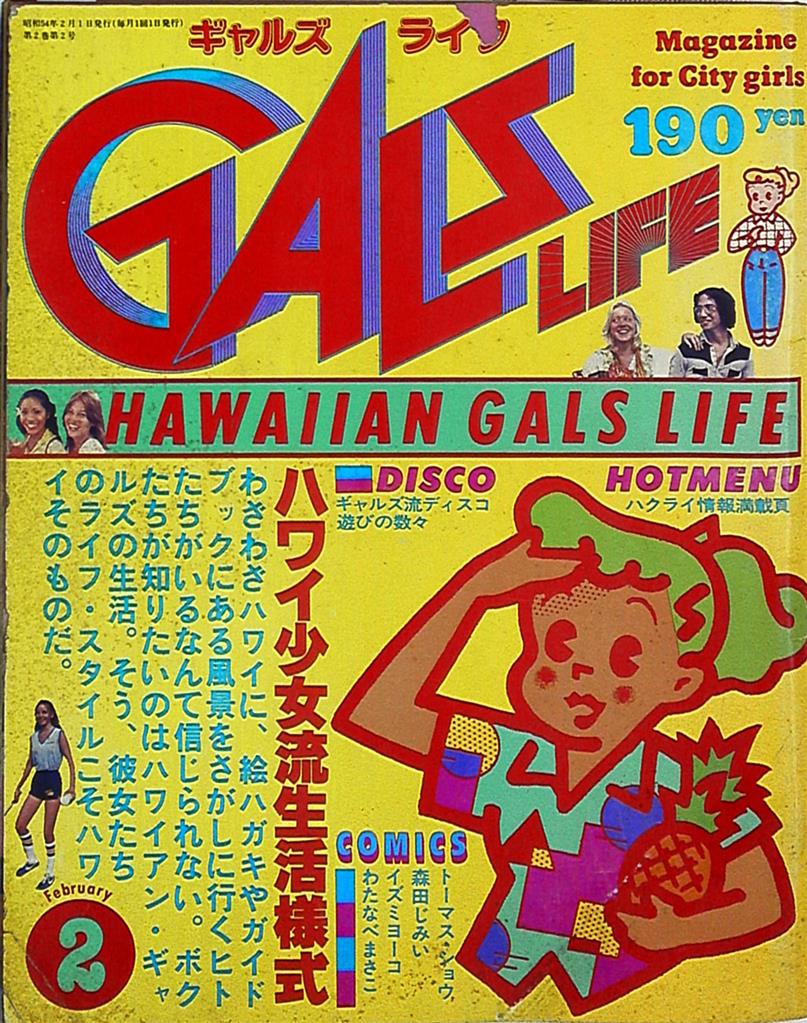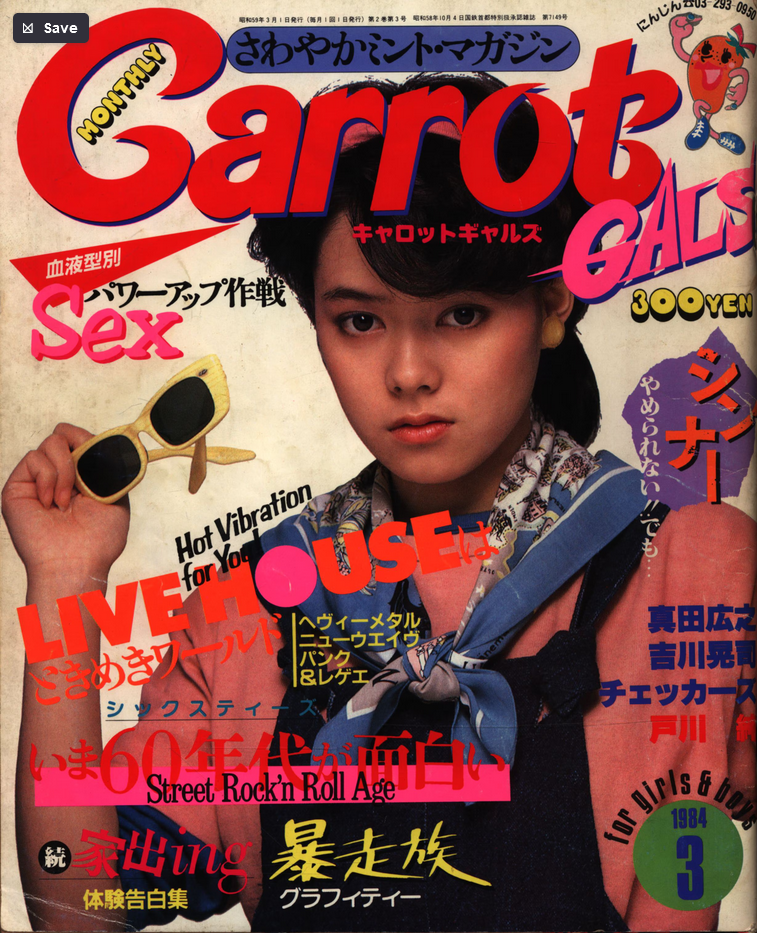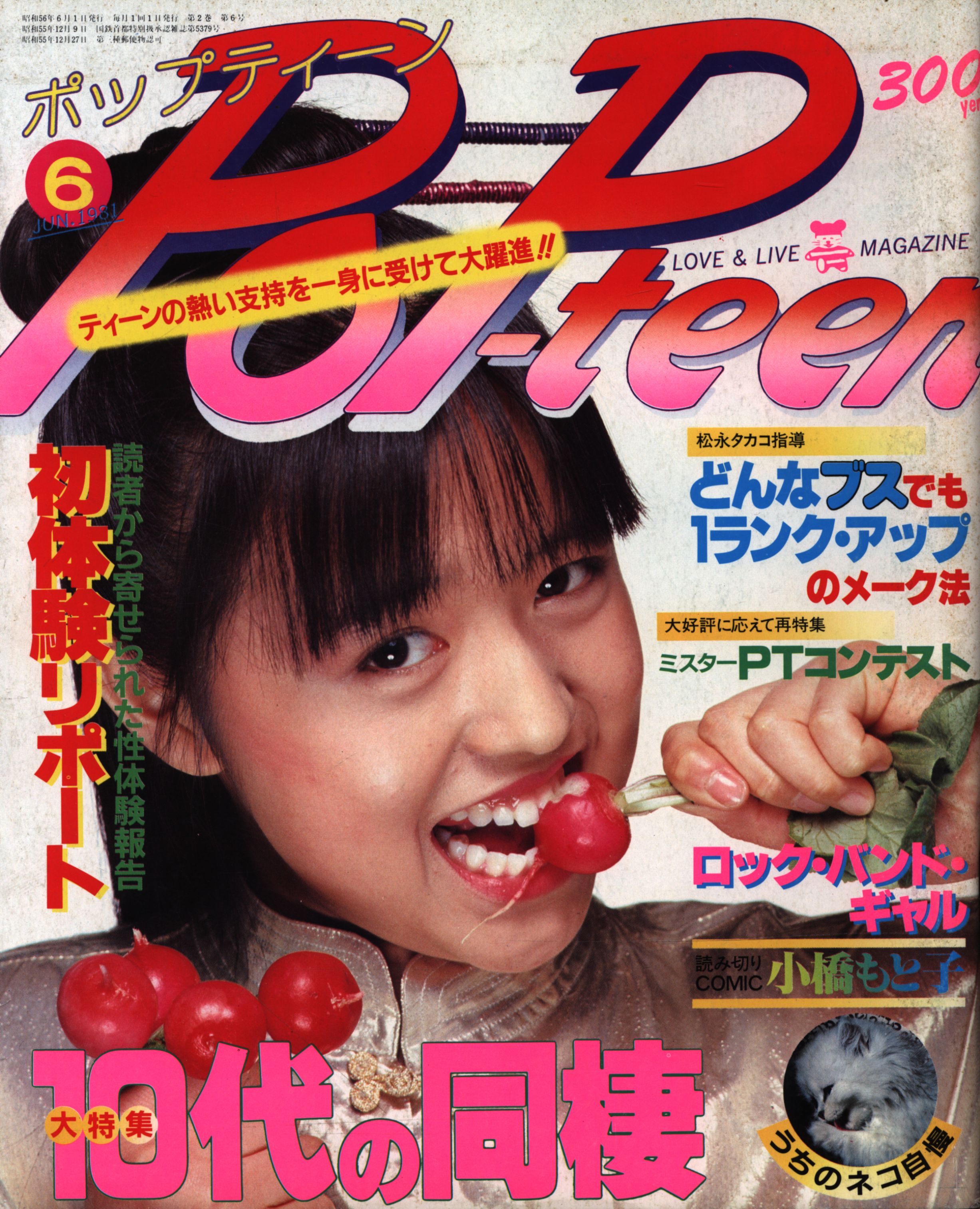
Welcome to the Galrchive! Home to everything gyaru!
*This was created for educational purposes. I do not support the cultural appropriaton, colorism, nor blackfishing in gyaru.*

The first instance of the Japanese usage of the term "gal" was in 1971 by Wrangler for their sub-brand of women’s jeans. In 1978, Harumi Yamaguchi, who was a commercial illustrator for PARCO, released an art book titled "Harumi Gals". The book contains art of pin-up style airbrush art of white-american women and the romanticization of american pop culture. In HER magazine vol. 7, she says "The term 'gal' wasn't really known before Harumi Gals, but in several months after the release of the posters, everyone became familiar with it. However, as I didn't invent the word, I was a little embarassed". A year later, Kenji Sawada released the song "Oh!ギャル". These two artists would set the precedent on what a gal means in Japan, a popular, carefree, and fun young woman. The word would become wildly popular in the 80s, with magazines like Galz Life, Popteen, Maru Maru Gals, and Carrot Gals. In 1984, the public perception of these women would change from party girls to hypersexual girls due to the DIET calling out the sexual content in these magazines. In the mid 80's, terms like Ike-Ike gal and Pichi-Pichi gal would become popular in the club scene. In the later
80's, Japan would enter its "Bubble era" and the word gal would be used torwards bodycon girls who went to mega-discos like Maharaja and Juliana's. High School girls who would try to sneak in to clubs were called Kogyaru.

Paragyaru appeared in 1992 and dressed head to toe in stereotypical hawaiian-wear. This style would pave the wave for the Loco-style gals during the ganguro era. Kogyaru is said to have started to appear around 1993. They were affluent teenage girls who would hang around Chiima (Teamers) and would rep their school by wearing their uniforms. Amuraa style would peak in 95' as Namie Amuro's first solo album was released that year. Ganguro would appear in 97'. Many Kogyaru would sport deep tans and chunky highlights. 1999 was the ganguro boom. Yamanba and Gonguro, which are flashier versions of ganguro would appear in summer of 99'. Ganguro would die down in 2001 due to the Shiro and Ayu gyaru boom. The boom has been said to be popularized my Ayumi Hamasaki. Manba was formed in late 2002 but did get wildly popular until summer of 2004. Sentaa guys would also become popular in 2004. 2005 had a even more flashier verson of yamanba. Kyabajou and Hime gyaru would start to appear due to the popularity of Koakuma Ageha. Onee Gyaru was at it's peak with magazines like Happie Nuts, Blenda, Scawaii, and Jelly becoming popular. 2009 would popularize the sweet gyaru. During this time majority of gals were shiro gals. In 2012, the gyaru-cir 'Black Diamond' was created. They would contribute to the Kuro gyaru and Tsuyome gyaru revival. In 2014, many gyaru magazines would be discontinued due to the declining popularity of gyaru culture. Gyaru magazines that did discontinue would change to pop culture or youth culture magazine. The Clean gyaru would become popular around this time and still is a common style to this day. May 1st, 2019 would start the Reiwa era. Almost immediately, The Heisei revival trend would become wildly popular and gyaru culture would gain more strength as magazines like Egg, Happie Nuts, Ranzuki, and Koakuma Ageha would comeback as webzines, then would create physical issues a few times a year. Right now we are at the peak of the Heisei Revival and the Reiwa gyaru boom and I'm eternally greatful that I became a gyaru at the right time.*lol*

